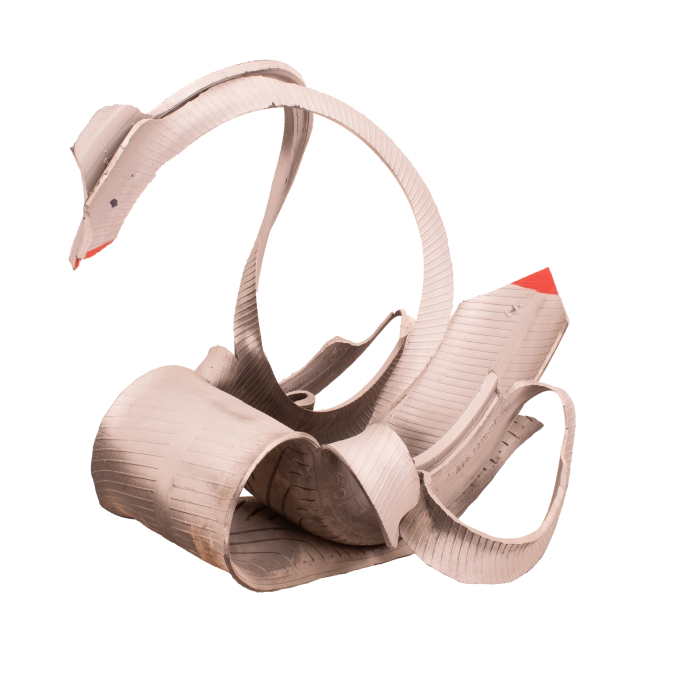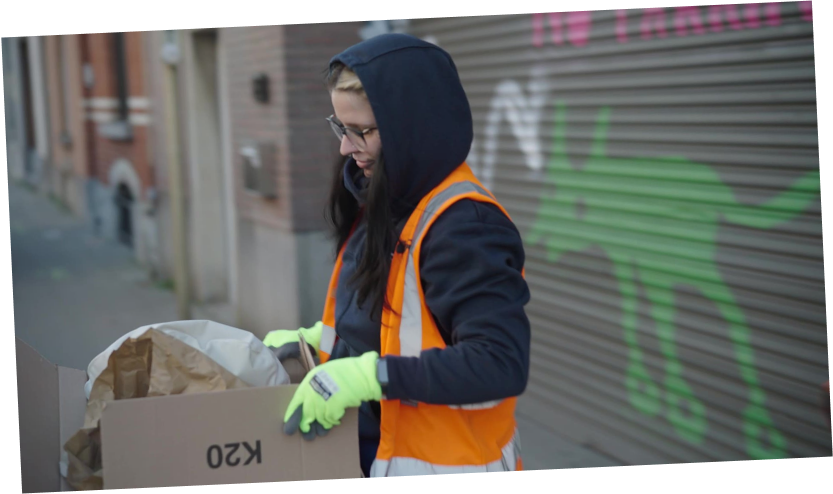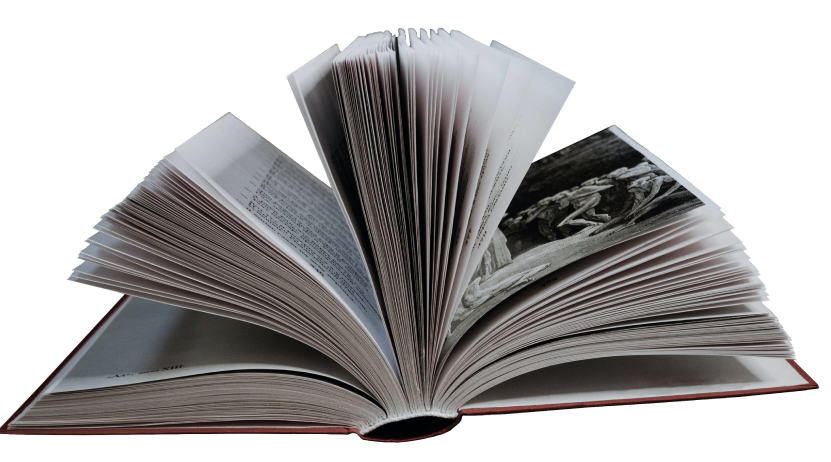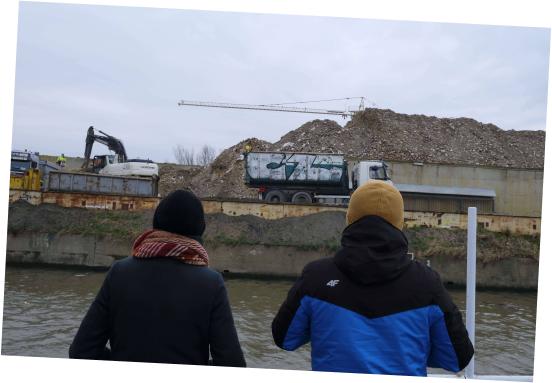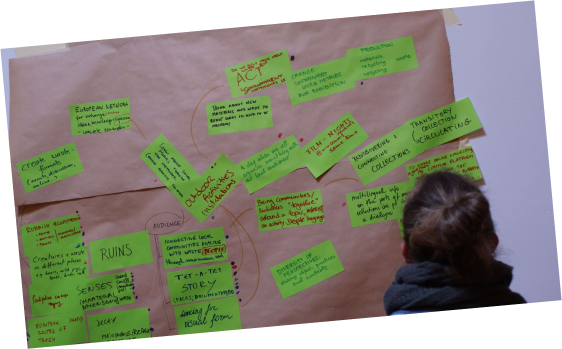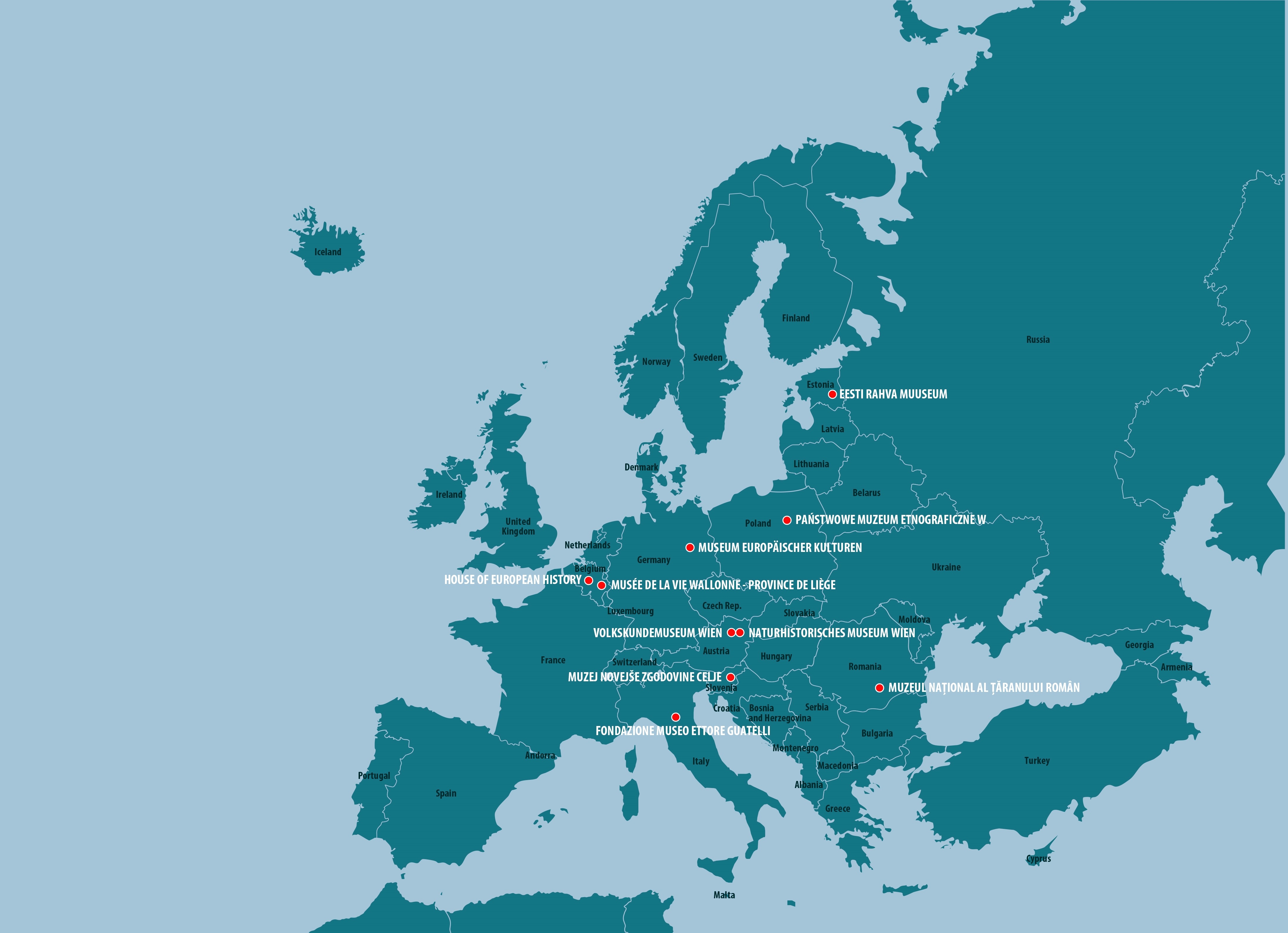Author Blandine Smilansky
Place Brussels, Belgium
Date 01/03/2023
What connects a city museum in Slovenia, a national museum in Estonia and a natural history museum in Austria? Why would ethnography museums in Poland, Belgium, Austria and Germany want to work together? What do a museum of rural life in Romania and a museum of everyday life in Italy have to do with each other?
They are all museums that replied positively to the call for interest the House of European History launched in 2021. Back then, when we started our project about the history of waste, we shared the conviction that it was an opportunity to work in a truly transnational fashion, fulfilling the HEH’s European mission in yet another way. We also believed that museums have a responsibility to address the topic of waste.
It is not easy to condense all the aspects of such a rich and multi-facetted process. What is certain is that we represent an increasingly cohesive group of museum professionals. We have managed to establish a common ground to work on a topic of importance to us all and to the societies we live in.
All partners agreed on a number of key ideas that inform the work we do together. First, rubbish is a phenomenon that closely relates to daily life, and as such offers us the opportunity to engage with a broad audience. Second, the waste crisis makes problems that emerged in the past more acute than ever today: it is therefore appropriate to explore the topic from a historical perspective. Third, reflection on the shifting nature of waste is an interesting angle from which to rethink the objects we are collecting and exhibiting.
Collections clearly appeared as the primary meeting ground for our collaboration. For our first meeting in 2021, each partner brought a picture of an object from their collection related to rubbish. There were, among others, a disposable paper cup, a mended piece of cloth, an old statue and a box with potential throwaway collection items. Initially designed to help us get to know each other, this action also made us realise how vibrant and multi-layered our reflection on waste could be if we started from the objects in our collections. For the Romanian Peasant Museum, our partnership is giving new momentum to curatorial research on a largely forgotten part of their collection which has an ambiguous status, as it dates to the previous ‘life’ of the institution when it was the Museum of the Communist Party. At the Natural History Museum in Vienna, pre-historical objects such as bronze hoards or textile pieces are taking on contemporary relevance when looked at from the angle of sustainable practices such as recycling or reusing. The same is true for old craft items from the ethnography museums taking part in the project.
Places and people make up another essential part of the picture. All partners are eager to learn more about their communities and their relationship with trash, but also to develop their awareness and understanding of the presence and impact of waste on their surroundings. Thanks to our partners’ inventiveness and curiosity, we are now able to present a mosaic of local realities. Audiovisuals show stories as diverse as the reconstruction of a house using a zero-waste approach, the management of the rubbish resulting from floods, and an interview with a member of one of the museum’s cleaning staff.
The methodology we adopted to ensure a truly collaborative process can be summarised as an effort to strike a balance between 1) providing a framework for all museums to know where we are heading; 2) building on the partner museums’own initiatives and priorities and 3) co-developing. For instance, we agreed on several thematic areas that also became our fields of action: collections, stories, ecosystems, trash networks, activism. We called them ‘activity bins’, thus also embracing the vocabulary of rubbish in the practical tools we use. Such collaborative work is allowing us to create many intersections and relations between all types of contents. We hope that when we go public with these, audiences will also find this approach enlarges their horizons.
If you want to know more about the project, please read the whole article in the publication.
Blandine Smilansky
House of European History
Blandine Smilansky has worked for the House of European History since early 2015, and has been coordinating the Communications and Partnerships Department of the museum since 2021. Previously she developed and implemented learning and cultural programmes for diverse audiences as a member of the HEH Learning Department. Between 2009 and 2015, she worked for EuroClio, the European Association of History Educators, in The Hague and in Brussels, where she gained experience in developing and delivering complex pan-European projects for innovative and responsible history, heritage and citizenship education. She studied history and cultural management in France.
 161
161



